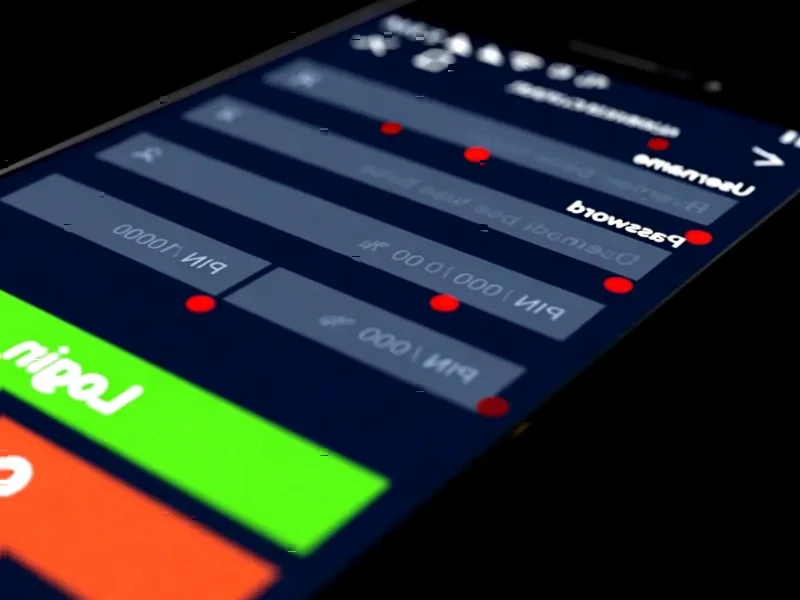According to Futurism, a fake AI-generated image of Hurricane Melissa went viral across social media platforms starting around 1am EST on October 28, showing birds circling safely above the storm’s eye. The image quickly spread across X, Facebook, Instagram, TikTok, and Meta’s Threads, earning tens of thousands of reactions from accounts that appeared to be part of a coordinated bot farm. Retired meteorologist Rich Grumm calculated that based on the scale of Melissa’s 10-mile-wide eye, the birds in the image would be larger than football fields. Former Penn State meteorology professor Lee Grenci noted these birds would need to fly at altitudes well above Mount Everest, where air temperature and density make flight impossible. Meanwhile, actual hurricane hunters captured real footage of the storm, which battered Jamaica, Cuba, and the Dominican Republic with 185 mph winds. Another fake image showing a Jamaican hospital destroyed by Melissa was identified as AI-generated through Google’s SynthID watermark system.
Why This Actually Matters
Here’s the thing about disaster misinformation – it’s not just harmless fun. When people see these dramatic AI images during an actual crisis, they might make decisions based on completely false information. Imagine being in Jamaica trying to find medical help and seeing that viral hospital image. You might avoid a functioning facility because some AI content farm decided to generate engagement. The scary part? We’ll probably never know how many people were actually harmed by this specific misinformation campaign.
And let’s talk about that coordinated spread. Dozens of accounts posting the exact same image across multiple platforms? That’s not organic sharing – that’s a well-oiled disinformation machine. These operations have gotten scarily efficient at pushing narratives, whether it’s about weather events, elections, or public health crises. The tools are getting better while our ability to detect this stuff lags way behind.
The Bigger Problem With AI Fakery
Remember those fake Hurricane Sandy photos from 2012? People were sharing obviously photoshopped sharks swimming through neighborhoods and the Statue of Liberty getting pummeled by waves. But here’s the difference – those were clumsy edits that anyone with half a brain could spot. Today’s AI-generated content? It looks professional. It looks believable. And that makes it infinitely more dangerous.
What really gets me is how these fakes prey on our emotional responses to disasters. That hurricane image with the birds? It’s visually stunning. It creates this false sense of awe that makes people want to share it. One person even commented that it would be “in meteorology textbooks” – that’s how convincing this stuff can appear to the untrained eye.
Where Do We Go From Here?
So what’s the solution? Watermarking systems like Google’s SynthID are a start, but they’re far from perfect. Most social media platforms still don’t have robust systems to detect and label AI-generated content at scale. And even if they did, would people actually pay attention to those labels? I’m not so sure.
The genie is definitely out of the bottle on this one. As AI tools become more accessible and powerful, we’re going to see more of this during every major news event. The question isn’t whether we can stop it entirely – we can’t. The real challenge is building public awareness and critical thinking skills so people don’t automatically believe everything that looks impressive online.
Basically, we’re in a race between AI’s ability to create convincing fakes and our ability to spot them. And right now, the fakes are winning.




